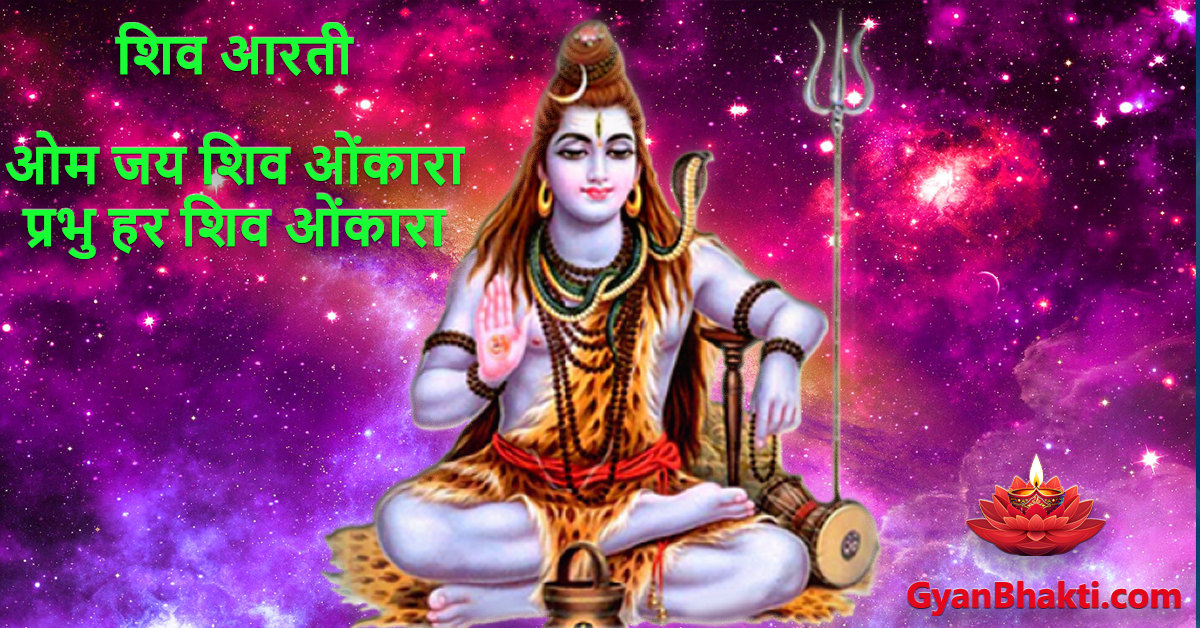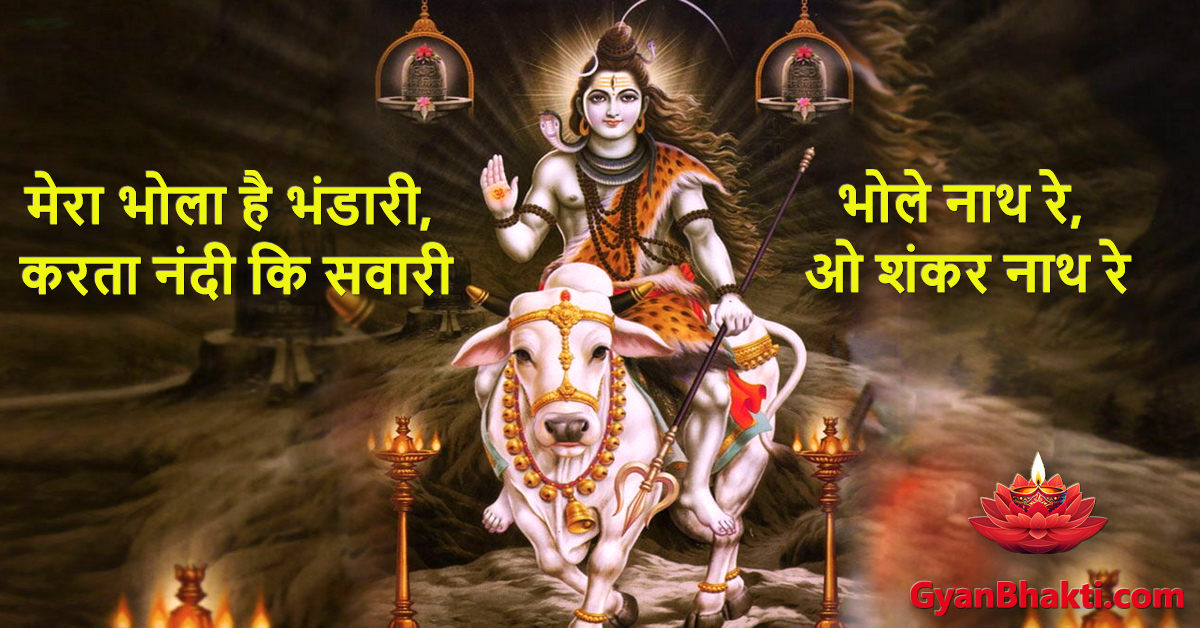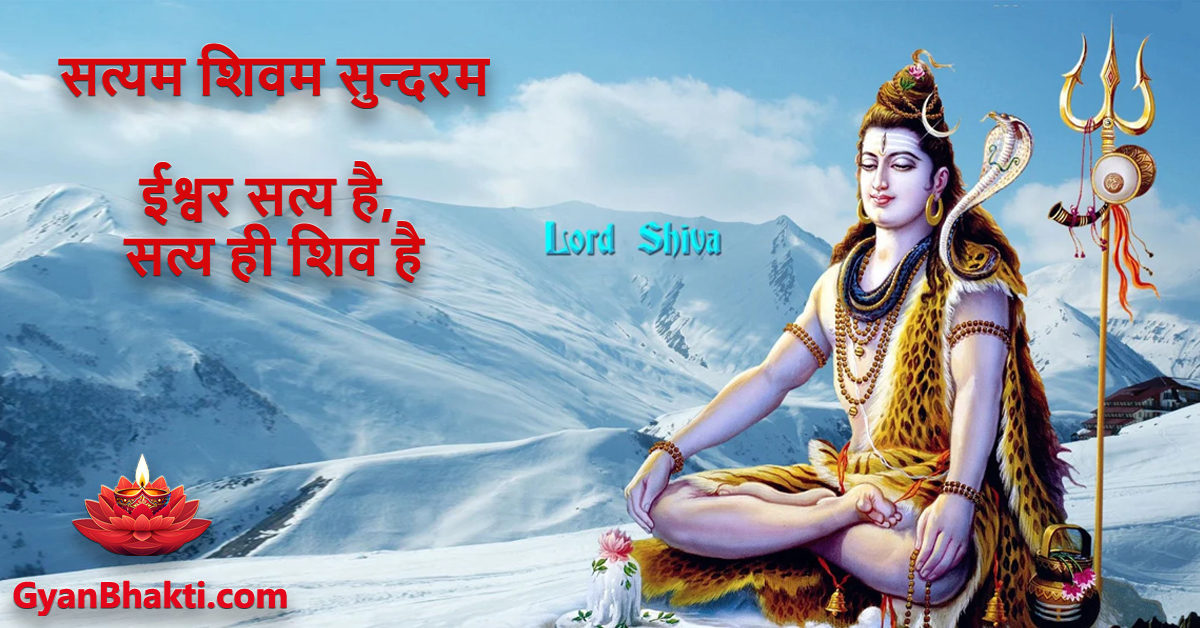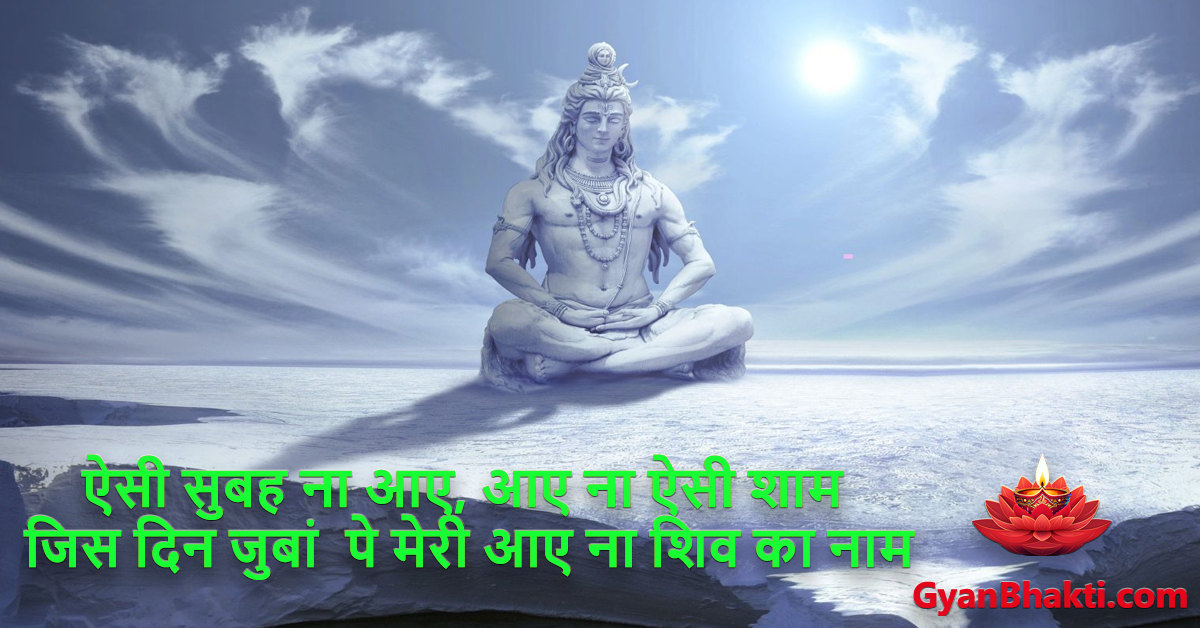Ambe Tu Hai Jagdambe Kali – Durga Maa Ki Aarti
Ambe tu hai Jagdambe Kali,
Jai Durge Khappar wali.
Tere hee gun gaaye bhaarti,
O Maiya, hum sab utaare teri aarti.
Tere bhakt jano pe Mata,
bhir padi hai bhaari.
Daanav dal par toot pado Maa,
karake sinh savaari.
Sau sau sinho se tu balshaali,
asht bhujaon wali.
Dushto ko pal mein sanhaarati,
O Maiya, hum sab utaaren teri aarti.
Maa bete ka hai is jag mein,
bada hi nirmal naata.
Poot kapoot soone hai par,
na maata suni kumaata.
Sab pe karuna darasaane waali,
amrit barasaane waali.
Dukhiyon ke dukhade niwaarati,
O Maiya, hum sab utaare teri aarati.
Nahi maangate dhan aur daulat,
na chaandi, na sona.
Hum to maange Maa tere man mein,
ik chhota sa kona.
Sabki bigadi banaane wali,
laaj bachaane wali.
Satiyon ke sat ko sanvaarati,
O Maiya, hum sab utaare teri aarati.
Ambe tu hai Jagdambe Kali,
Jai Durge Khappar wali.
Tere hi gun gaayen bhaarati,
O Maiya, hum sab utaaren teri aarti.
O Maiya, hum sab utaaren teri aarti.
O Maiya, hum sab utaaren teri aarti.
Ambe Tu Hai Jagdambe Kali – Durga Maa Ki Aarti
Anuradha Paudwal
Narendra Chanchal
Durga Bhajan
- Ambe Tu Hai Jagdambe Kali - Durga Aarti
- Ya Devi Sarva Bhuteshu Mantra - Durga Mantra - Meaning
- Aigiri Nandini Lyrics - Mahishasura Mardini Stotram
- Jai Ambe Gauri - Ambe Maa Ki Aarti
- Durga Chalisa - Namo Namo Durge Sukh Karani
- Jag Janani Jai Jai Maa, Jag Janani Jai Jai
- Aarti Jag Janani Main Teri Gaun
- Aaye Tere Bhawan, Dede Apni Sharan
- Bhor Bhayi Din Chad Gaya, Meri Ambe
- Man Leke Aaya Mata Rani Ke Bhawan Mein
- Maa Jagdamba Ki Karo Aarti
- Aarti Maa Aarti Navdurga Teri Aarti
- Mangal Ki Seva Sun Meri Deva
- Maat Ang Chola Saje Har Ek Rang Chola Saaje
- Dharti Gagan Mein Hoti Hai Teri Jai Jaikar
- Durge Durghat Bhari Tujvin Sansari
- Kabhi Fursat Ho To Jagdambe
- Tere Darbar Mein Maiya Khushi Milti Hai
- Sachi Hai Tu Saccha Tera Darbar
- Man Tera Mandir Aankhen Diya Bati
- Chalo Bulawa Aaya Hai - Jai Mata Di
- Tune Mujhe Bulaya Sherawaliye
Ambe Tu Hai Jagdambe Kali – Spiritual Meanings
This aarti describes the glory of Mother Durga. Mata Durga is considered one of the most powerful goddesses in Hinduism. She is the destroyer of all evil and blesses her devotees. In this hymn, devotees pray to Mother Durga to bestow her blessings on them and protect them from all evils.
Ambe tu hai Jagdambe Kali
This line addresses the goddess as “Ambe” (mother) and “Jagdambe” (mother of the world), invoking her as the divine mother figure. “Kali” refers to her fierce and powerful form.
O Mother Durga, you are Jagadamba Kali, the goddess of all powers. You are the destroyer of all the wicked, and your devotees receive your blessings. Oh mother, we praise you, and we perform your aarti.
Jai Durge Khappar wali
Khappar means –
– Pot made of clay.
– The vessel in which, according to legend, Goddess Kali used to drink the blood of demons.
– Skull or cranium
Khappar wali refers to the goddess who holds a khappar in her hand. It also symbolizes the acceptance of all aspects of life, including death. This name emphasizes Durga’s transcendence of life and death, and her ability to protect and guide devotees through all situations.
Jai Durge expresses victory and reverence to Maa Durga.
Maa Durga is known by other names like Jagdamba, Kali, Khappar Wali etc. She is a powerful goddess who destroys the wicked and protects the devotees. Maa Durga is kind to all and gives happiness to all.
Tere hee gun gaaye bhaarti
This line talks about singing and praising the qualities and virtues of the goddess, recognizing her as the source of all divine attributes.
O Maiya, hum sab utaare teri aarti
Here, the devotee is addressing the goddess as “Maiya” (mother) and expressing the intention to perform her “aarti” a ritual involving the waving of lights before a deity as an act of worship. The bhakt is essentially saying, “Oh Mother, we all perform your aarti.”
Tere bhakt jano pe Mata, bhir padi hai bhaari
The line means “O Mother, your devotees are in great distress”. It expresses the plea of the devotees to the Goddess to protect them from the troubles and enemies that surround them.
Daanav dal par toot pado Maa, karake sinh savaari
The line conveys the idea that when the demon forces become overwhelming (daanav dal par toot pado), Goddess Durga defeats them by riding on a lion (karake sinh savaari).
Sau sau sinho se tu balshaali, asht bhujaon wali
This line extols the strength of the goddess by stating that she is as powerful as a hundred lions and possesses eight arms (asht bhujaon wali).
The lyrics describe the fierce and powerful aspect of the Goddess, who is the destroyer of evil and the protector of her devotees. The lion is her vehicle and symbolizes her courage and majesty. The eight arms represent her various attributes and weapons that she uses to fight the demons. These lines praises the Goddess for her might and glory.
Dushto ko pal mein sanhaarati
This line emphasizes that the goddess is capable of instantly destroying (sanhaarati) the wicked (dushto) forces or negative energies.
Maa bete ka hai is jag mein, bada hi nirmal naata.
In this line, the bhakt acknowledges that the relationship between a mother and her child is pure and special. This relationship is emphasized as being sacred and unblemished.
Poot kapoot soone hai par, na maata suni kumaata.
This line explains that children might be absent or distant, but a mother’s affection and concern for her children never diminish. Even if her children are far away, a mother’s maternal instincts and love for them remain.
Sab pe karuna darasaane waali, amrit barasaane waali.
These lines highlight Goddess Durga’s attributes as a compassionate deity who shows her devotees the way of kindness and showers them with blessings like the nectar (amrit) of her grace.
Dukhiyon ke dukhade niwaarati.
Here, the bhajan emphasizes that Goddess Durga alleviates the sorrows and troubles of the sorrowful. She acts as a reliever of pain and suffering.
Nahi maangate dhan aur daulat, na chaandi, na sona.
This line signifies that the devotees of Goddess Durga do not seek material wealth, riches, or precious metals like gold and silver. They value spiritual blessings over material possessions.
Hum to maange Maa tere man mein, ik chhota sa kona.
These lines expresses the humble desires of devotees, stating that they ask for just a small corner (kona) within the heart of the goddess, symbolizing a place for devotion and connection.
Sabki bigadi banaane wali, laaj bachaane wali.
These lines praise Goddess Durga as the one who rectifies and mends broken situations and who safeguards the honor and dignity (laaj) of her devotees.
Satiyon ke sat ko sanvaarati.
This line acknowledges Goddess Durga’s role in nurturing and preserving the truth (sat) of the righteous and virtuous individuals.
This aarti praises the Goddess for her power, compassion, and benevolence, and asks for her blessings and grace
In these lyrics, the bhajan captures the essence of Goddess Durga’s maternal and compassionate nature, as well as her role in offering protection, guidance, and blessings to her devotees.
Overall, these lyrics paint a picture of Goddess Durga’s immense power, protective nature, and the devotion of her followers. This bhajan is a way for devotees to express their reverence, seek her blessings, and gain strength and courage from her divine attributes.
Durga Bhajan
- Jago Jago Sherawali Savera Ho Gaya
- Mano To Main Ganga Maa Hoon
- Maiya Teri Jai Jaikaar - Teri God Mein Sar Hai Maiya
- Ab Meri Bhi Suno, Hey Maat Bhawani
- Aisa Pyar Baha De Maiya
- Aaj Tera Jagrata Mata Aaj Tera Jagrata
- Bhavani Ashtakam - Bhavanyashtakam
- Bolo Maa Ke Jaikare, Mit Jaye Sankat Sare
- Bigdi Meri Bana De O Sherawali Maiya
- Tera Bhawan Saja Jin Phoolon Se
- Bhakto Ko Darshan De Gayi Re
- Meri Akhiyon Ke Samne Hi Rehna
- Sweekar Karo Jagadambe Maa Meri Aarti
- Sher Pe Sawar Hoke Aaja Sherawaliye
- Aa Maa Aa Tujhe Dil Ne Pukara
- He Naam Re, Sabse Bada Tera Naam






